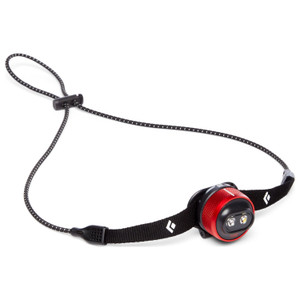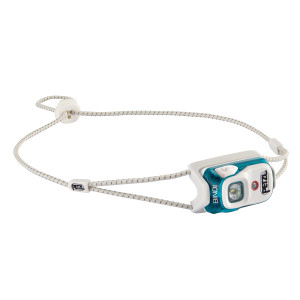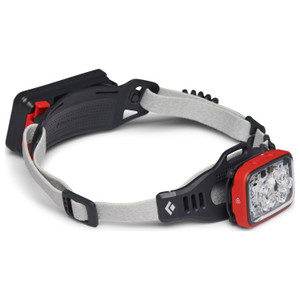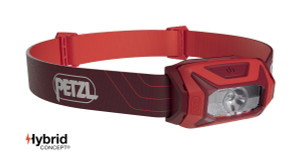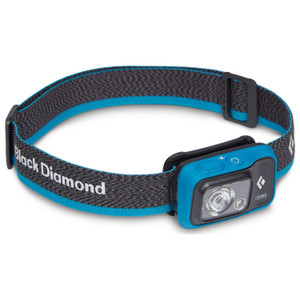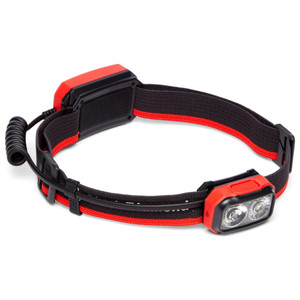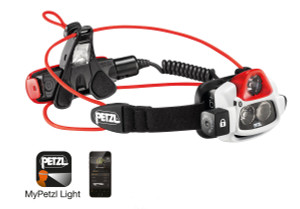Headlamps
Headlamps are small, wearable lights that strap onto your head, allowing you to see in the dark while keeping your hands free. They're commonly used for activities like:
-
Hiking and camping
-
Running or cycling at night
-
Climbing or caving
-
Working in dark spaces (e.g. car repairs, power outages)
-
Emergency situations
How Do Headlamps Work?
A headlamp usually consists of:
-
An LED light (or multiple LEDs)
-
An adjustable head strap
-
A battery pack (built-in rechargeable or replaceable batteries)
-
Control buttons to adjust brightness or switch modes
You wear it on your forehead, and the light shines in the direction you're looking.
Key Features of Headlamps:
| Feature | What It Does |
|---|---|
| Brightness (lumens) | Controls how far and wide you can see |
| Beam modes | Spot (focused), flood (wide), red light (preserves night vision), strobe (emergency) |
| Battery type | Rechargeable (USB) or disposable (AA/AAA) |
| Water resistance | Rated by IPX scale (e.g., IPX4 = splashproof) |
| Tilt adjustment | Lets you angle the light up or down |
Advantages of Headlamps:
-
Hands-free lighting
-
Lightweight and compact
-
Long battery life (especially with LED bulbs)
-
Useful for both outdoor and indoor tasks
Limitations:
-
Battery life depends on brightness level
-
Bright settings can drain batteries quickly
-
May feel tight or uncomfortable during long use if not properly adjusted
Summary:
A headlamp is a hands-free light worn on your head, ideal for any activity that requires mobility and illumination in the dark. Whether you're hiking a trail, setting up camp, fixing a car, or handling an emergency, a headlamp lets you see clearly without tying up your hands.
Want help choosing the best headlamp for hiking, home use, or emergencies?




